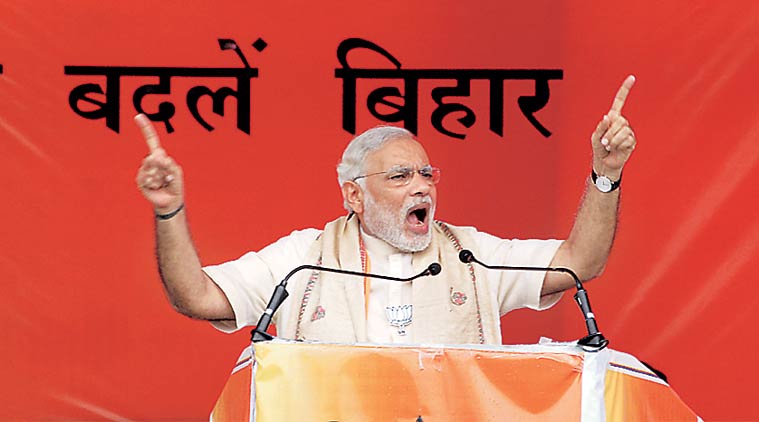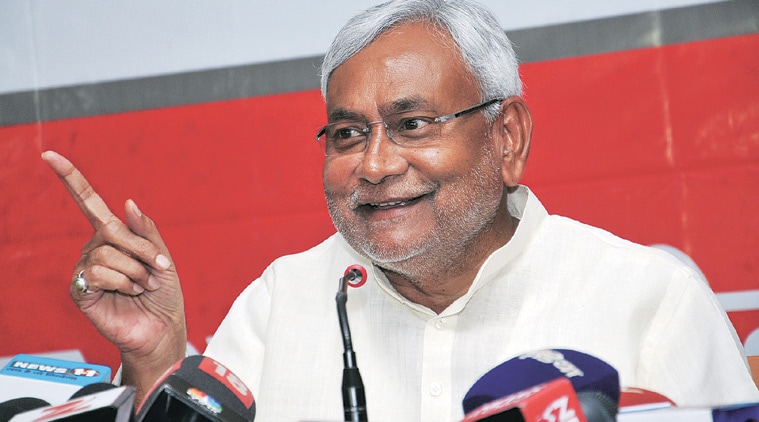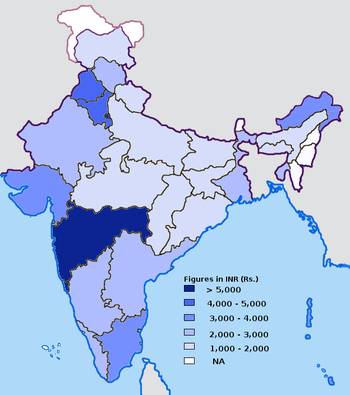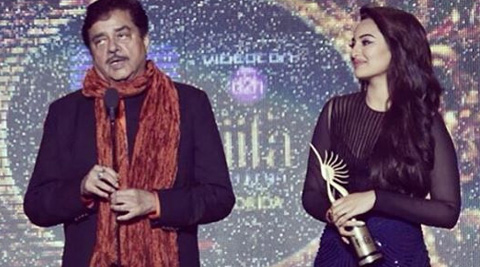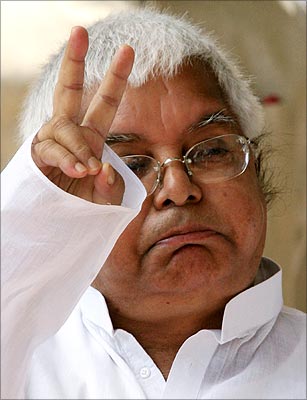One of the most curious developments on the election trail has been polls showing half the Muslims in Bihar wanting to vote for Modi’s party. This is tectonic. A party rightly or wrongly accused of Hindu supremacist tendencies making such remarkable inroads into the Muslim voter base has implications that go beyond the state, country and region. Top that with the bonhomie Modi shares with Bagladesh, a Muslim nation, with whom (and Nepal and Bhutan) India has signed papers to effect an economic union within a decade, India might finally showcase itself as a country where democracy is working for Muslisms on a vast scale. Modi’s laser focus on what he calls development seems to be winning hearts. He is disciplined about staying away from divisive rhetoric that an earlier generation of BJP leaders specialized in.
If Modi wins Bihar, the obvious casualty will be Nitish Kumar who has been an illustrious Chief Minister for a decade, the first seven of which he had the BJP as his junior partner, but who he parted ways with precisely because the BJP picked Modi as its prime ministerial candidate. Nitish fashioned himself a national alternative to Modi. Nitish Kumar’s leadership turned Bihar into India’s fastest growing state. That was a remarkable step up from the lawlessness that prevailed when he took the reins. If the BJP wins, very likely Sushil Modi, who was Nitish Kumar’s Deputy Chief Minister, will become the Chief Minister: a Modi in Delhi, another Modi in Patna, Bihar’s capital. Sushil Modi claims his party has been indispensable to Nitish Kumar’s success, since it held key ministries like education, health and roads while the turnaround was being engineered.
Bihar, India’s poorest state, has had a glorious history. It was in Bihar that the Buddha attained enlightenment. At one point Bihar boasted the world’s top university: Nalanda. Some of India’s most glorious emperors called Bihar home including Ashoka whose chakra, or wheel, you see on India’s flag. Mahatma Gandhi, once back from South Africa, picked Bihar to launch his big push in India. Independent India’s first president was from Bihar. But somewhere along the way, Bihar fell through the cracks mightily. And India now can not lose its Third World status unless Bihar and Uttar Pradesh lose theirs.
The president of Narendra Modi’s party, Amit Shah, claims if they win Bihar now, that will trounce the opposition for the next 15-20 years nationally. His battle plans are amazingly detailed, his ground operations thick and thorough like a comb, and he has been at it for months before the official clarion call was made by the Election Commission. Mastering the dizzying caste arithmetic, constituency by constituency, electoral booth by electoral booth, has not been left to chance, although the offical focus is on “development.”
If Nitish Kumar loses, it will be because he has been in power for 10 years, and his ally, the colorful, witty (he spoke in tweets before there was a Twitter) Laloo Yadav, for the 15 years before that. Anti-incumbency will have hit a 25 year stretch of rule by two “backward caste” leaders, friends from student days, who might get replaced by another of the same, and also a friend of theirs from student days. Modi is no high caste last name, not for Narendra, not for Sushil.
If the country’s population growth was 2-3% and its economic growth also was 2-3%, many feel India stagnated for decades even after it broke free from Britain’s clutches. Modi seeks a population growth rate below 1% and an economic growth rate that is a sustained 10% plus by making a sharp break from India’s socialist ways: most of the top entrepreneurs in the country feel love for him. Bihar is where he seeks and hopefully gets a second national mandate after his emergence on the national scene last year, and his subsequent global emergence, built up over foreign visit after foreign visit, making him the most popular politician on the planet today. Brazil had its Lula, India has Modi.
